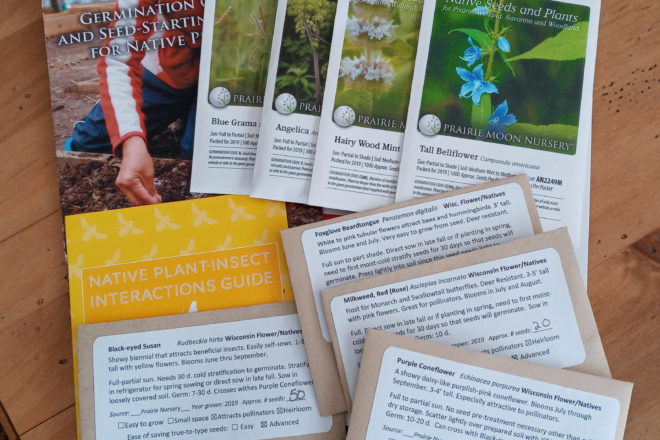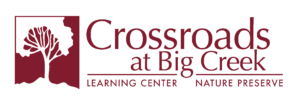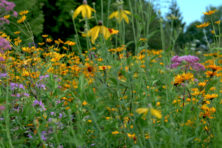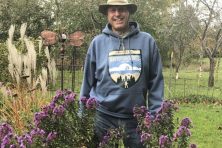Wild Ones: Help Native Plants Prepare for Spring
- Share
- Tweet
- Pin
- Share

Seed giveaway provides a start
The Door County Seed Library’s first seed giveaway was a success, but several of the participants asked, “Why do you have to do this when it’s still cold? The answer is simple: because it’s still cold. Some Wisconsin native wildflowers have evolved to survive the winter and germinate in the spring. Others germinate in the fall and overwinter as a small rosette.
One of the difficulties with experiencing a Door County winter is that almost every year, we have a January thaw: a time when it seems almost balmy. Imagine what would happen if, during this midwinter stretch of warm weather, a seed sprouted and started to grow. The inevitable subsequent cold snap would certainly kill the tender seedling.
So native plants go into a period of dormancy during the winter. In fact, seeds seem to be programmed to require a period of cold, usually at least four to six weeks, in order to break that dormancy and germinate in the spring.
A seed is waterproof because it’s covered with a waxy or varnish-like material, so the seed coat itself offers the best protection for a dormant seed. But if the seed coat is impermeable, how does moisture reach the plant embryo when it’s time for it to germinate?
During the winter in this climate, soil microbes slowly work on the seed coat until the covering ruptures in the springtime. Also, the physical abrasion caused by the repeated freezing and thawing of the soil during the late winter and early spring can crack the seed coat, allowing water to get inside.
Another factor is light. A certain amount of light is able to permeate the porous topsoil, and germination occurs when the correct duration of light combines with the right amount of moisture. During the spring, there also may be changes in soil chemistry that help break dormancy.
Even when all of these conditions are favorable, the seed may still not germinate, and it certainly will not thrive until the soil is warm enough. To a gardener or landscaper, the need for a winter dormancy means that, in most cases, wildflower seeds need special treatment. A technique called stratification is a process of treating seeds to simulate the natural conditions that they must experience before germination can occur.
Thus, many people simply plant wildflowers in the fall, and nature solves the problem. But for folks picking up free seeds during a winter giveaway, it’s too late for that – though it’s not too late to mimic nature. For some species – and this is usually explained on the seed packet – a technique called dry stratification is sufficient.
Storing the seeds in a zippered plastic bag in the refrigerator or in a rodent-proof container in an unheated building will, for many wildflowers, be enough to stimulate spring germination. Other plants truly do need the cold, damp conditions found outdoors in the soil.
Being a somewhat lazy gardener, I like “snow sowing.” I mix seeds with sand or sawdust, then broadcast them on the top of the snow on a sunny day. Because they’re dark, the seeds absorb heat from the sun, work themselves down through the snow, and plant themselves. The germination rate probably isn’t that great, but I don’t have to transplant seedlings.
A more reliable method is to prepare a large flower pot, a plastic seed-starting tray or even a gallon milk jug with the top cut off. Fill the container with a mixture of soil and sand or perlite, plant the seeds, and set the container outside – protected from hungry wildlife, of course.
Undoubtedly, we will still have enough cold left this winter so that the seeds will germinate in the spring. Later in the summer, the little plants can be transplanted in a garden or landscape.
If you have questions about growing wildflowers from seed, a seed giveaway is a great place to ask them. If you’re into “instant” gratification – meaning one or two years – you might prefer to buy wildflowers in the form of plugs, but when you tend flowers you’ve grown from seed, it’s truly rewarding.
A wildflower-seed giveaway sponsored by the Door County Seed Library – in collaboration with Wild Ones of the Door Peninsula and Crossroads at Big Creek – is scheduled for Feb. 20, 10 am – 12 pm.
Volunteers will be on the porch of the Collins Learning Center at Crossroads, 2041 Michigan St. in Sturgeon Bay, to offer several packets of wildflower seeds, plant catalogs, landscaping guides and handouts – all free of charge.




